Inflation fell to 4.6% in October, official data has shown.
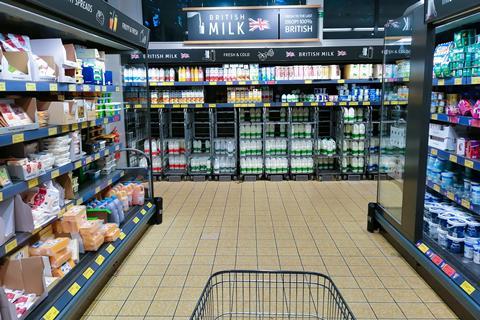
That compared to 6.7% in September and the annual rate of consumer price index inflation was the lowest since October 2021, according to the Office for National Statistics (ONS).
Lower energy and food price inflation were drivers of the reduced rate of inflation, the ONS said.
The ONS said the “largest downward contributions came from the milk, cheese and eggs category, and the vegetables category”. That was the case in nine of the 11 categories comprising food and non-alcoholic beverages – yoghurt prices, for instance, fell 2.9%.
However, the ONS said: “Although the annual rate at which food prices have been increasing has been slowing, the food price index is still at a high level in comparison to recent years. The price of food in October 2023 was around 30% higher than it was in October 2021.”
PwC economist Jake Finney said: “As expected, the sharp cut in headline inflation was primarily driven by reductions to the household energy price cap over the past year. Perhaps more importantly, consumer prices remained unchanged relative to the previous month, suggesting momentum is slowing. This should herald an end to most of the squeeze on household living standards.
”Wages are now growing in real terms, albeit at a slow pace, which should help to improve consumer sentiment. However, our modelling indicates that real wages are unlikely to grow materially until 2025 when inflation is expected to return to target.”
BRC chief executive Helen Dickinson said: “Retailers are working hard to keep prices down for hard-pressed customers. Unfortunately, these efforts will be tested by a £480m-a-year increase in business rates from spring 2024.
“Unless the chancellor takes action and freezes business rates in the autumn statement, we could see added cost pressures filtering through to consumer prices. Higher rates would also damage the viability of many local communities by reducing the incentive to open new shops and increasing the risk of shop closures.”




















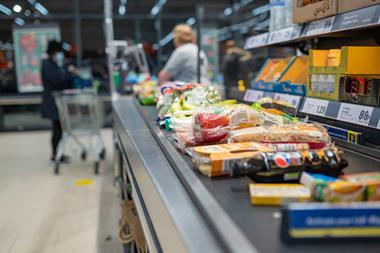
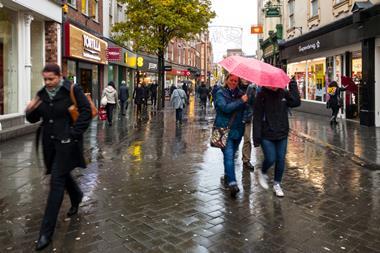
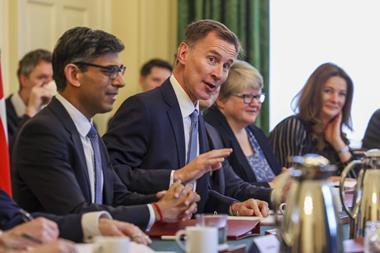

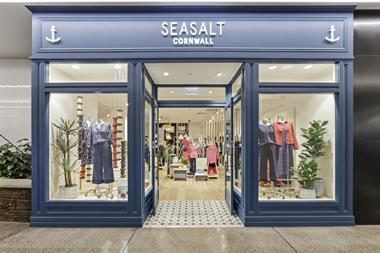

No comments yet